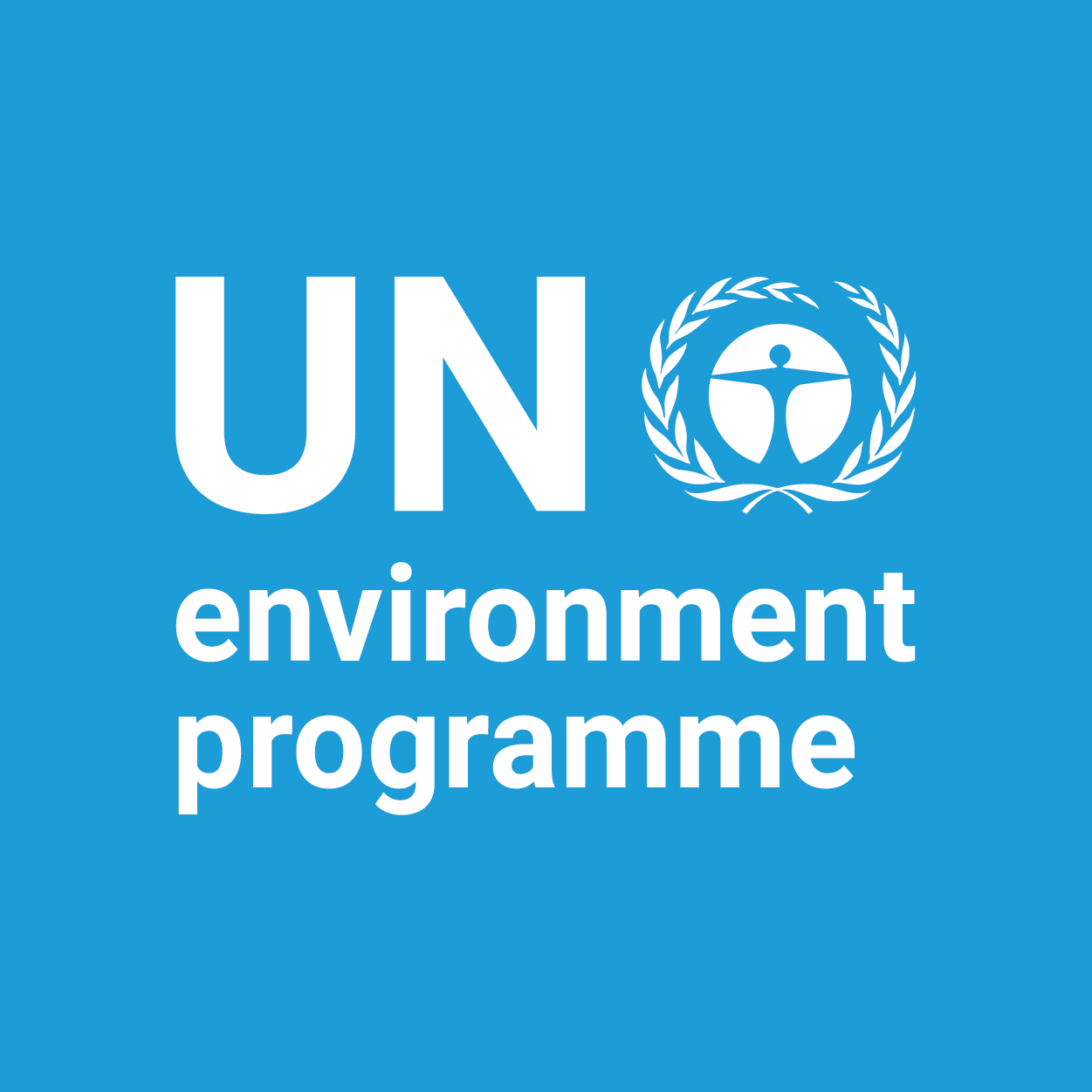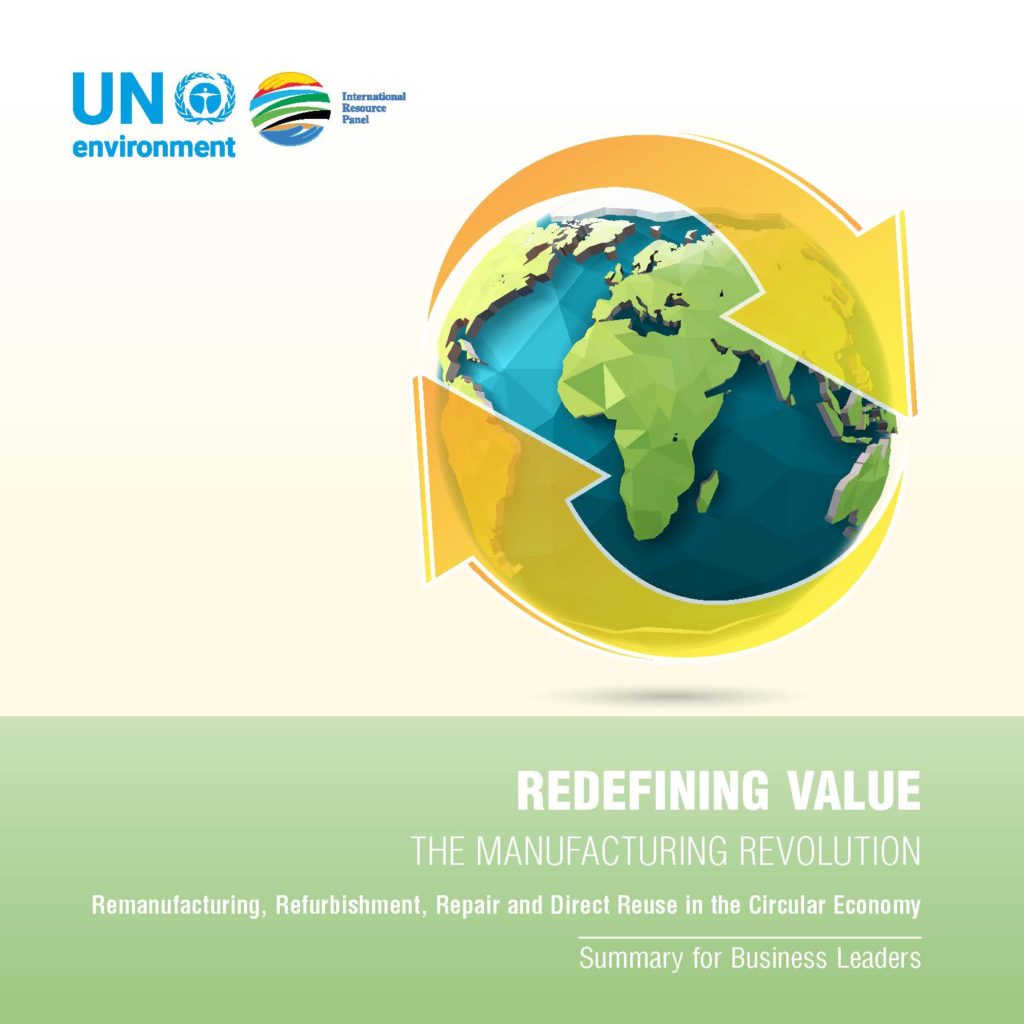In this page: Resources

Refurbish refers to the modification of an object that is a waste or a product to increase or restore performance and/ or functionality or to meet applicable technical standards or regulatory requirements, with the result of making a fully functional product to be used for a purpose that is at least the one that was originally intended (Basel Convention UNEP/CHW.13/4/Add.2). The restoration of functionality, but not value, enables a partial new service life for the product. Refurbishment that takes place within maintenance or intermediate maintenance operations.
Comprehensive refurbish differs from standard refurbishment in that it involves a more rigorous process within industrial or factory settings, with a high standard and level of refurbishment. The addition of value during comprehensive refurbishment enables an almost full new service life for the product. It brings the product up to “state of art”, with newer more advanced components. Comprehensive refurbishment enables ‘high-quality’ products, at significantly lower environmental impact and lower cost to the producer, and potentially the customer.


